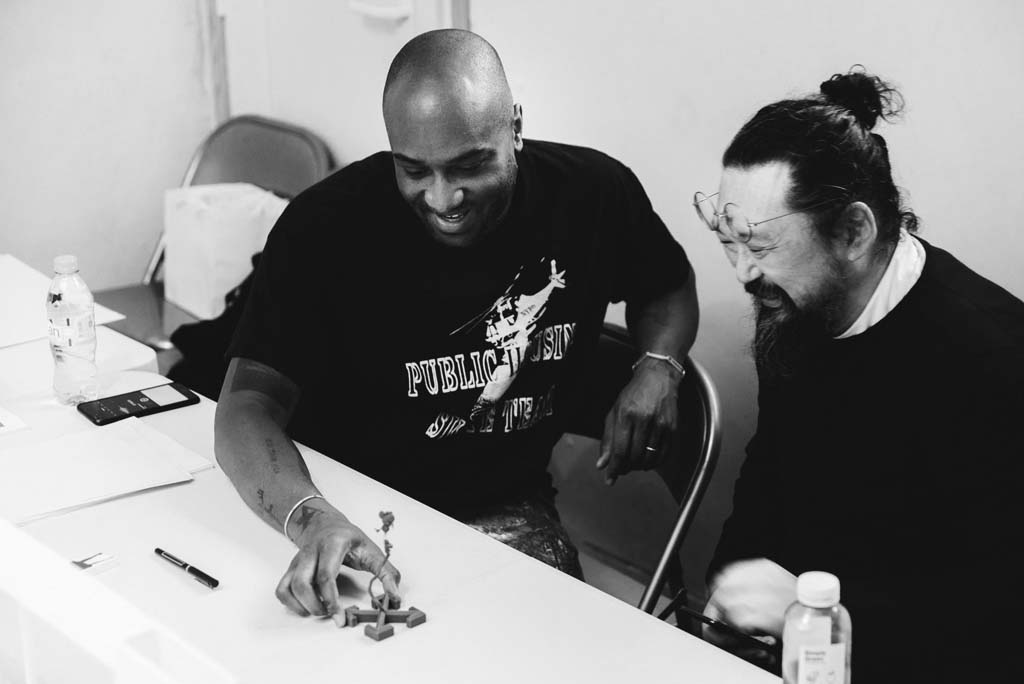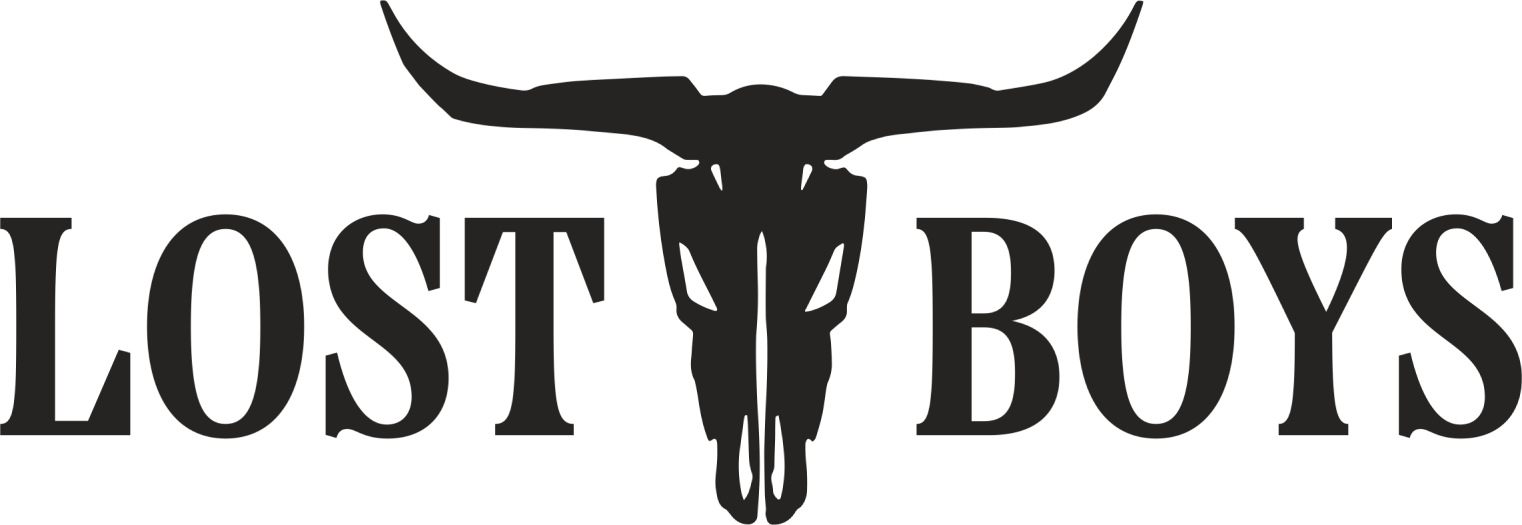Streetwear fashion has revolutionized the apparel industry. With its roots deeply embedded in the cultures of skateboarding, hip hop, and punk, streetwear brings a fresh, youthful, and rebellious vibe that resonates with today’s fashion-forward youth. As a young brand owner, designing your first streetwear collection can be an exciting yet challenging endeavor. This guide will walk you through the process, providing top tips and insights into the latest trends.
1. Understand Your Target Audience
Before you begin sketching designs, take the time to understand your target audience. The success of streetwear lies in its authenticity and connection to its audience. Remember, your designs should speak to your audience’s interests, lifestyle, and values.
2. Find Your Unique Brand Identity
In the world of streetwear, originality is key. What sets your brand apart? Maybe it’s your innovative use of graphics, your commitment to sustainability, or your fusion of different cultural influences. A unique brand identity will make your collection stand out and give it a personality that resonates with your audience.
3. Keep Up with the Trends
While maintaining your unique identity, it’s also important to keep an eye on trends. Streetwear is a dynamic, evolving genre. Following trends doesn’t mean copying them; instead, interpret them through your brand’s lens. Instagram, fashion blogs, and street style photography are great sources for trend spotting.
4. Focus on Quality
As you embark on designing your first streetwear collection, it’s important to note that the emphasis on quality is absolutely crucial. Particularly because streetwear enthusiasts typically have a discerning eye for quality. Furthermore, in an increasingly saturated market, the unique construction and exceptional feel of your garments can effectively set your brand apart.
Quality manifests itself in multiple ways – the fabrics you choose, the fit and cut of the clothing, and the intricacies of the design itself. But beyond these aspects, one of the most critical determinants of your collection’s quality is the manufacturer you choose to bring your designs to life.
Choosing the right manufacturer is a crucial step in the process. They are the ones who will translate your designs into tangible products. Therefore, you need a manufacturer who understands your vision, shares your commitment to quality, and possesses the technical skills to execute your designs effectively.
In the process of choosing a manufacturer, it’s essential to take into account the following factors:
- Technical Capabilities: Does the manufacturer have experience producing the type of garments you’re designing? Do they have the necessary machinery and expertise?
- Quality Control: Ask about their quality control processes. How do they ensure consistency across all produced units? Do they have measures in place to rectify defects?
- Communication: Good communication is essential. Your manufacturer should be responsive, transparent, and willing to collaborate closely with you.
- Sustainability: If sustainability is part of your brand identity, you’ll want to partner with a manufacturer who can offer eco-friendly production methods.
- Reputation: Look for reviews or ask for references to gauge the manufacturer’s reliability and reputation in the industry.
Remember, the manufacturer you choose will play a significant role in determining the quality of your collection. Take your time with this decision, and consider it an investment in your brand’s reputation and success.
5. Experiment with Graphics and Logos
Graphic tees have become a staple in streetwear. Graphics can be a powerful tool to convey your brand’s personality and message. Bold, innovative designs can make a strong impression and become iconic symbols associated with your brand.
6. Incorporate Cultural References
Streetwear has always been intertwined with cultural references, including music, sports, art, and social issues. Incorporating these elements into your designs can create a deeper connection with your audience, as they see their interests and values reflected in your clothes.
7. Collaborate with Artists or Designers
Collaborations can bring fresh perspectives and enhance the creative process. Consider collaborating with local artists or designers who align with your brand’s vision. This can also provide a marketing boost, as both parties can leverage their networks to promote the collection.
8. Plan Your Collection
Once you have your designs, plan your collection. This involves deciding the number of pieces, their colorways, and their sizing. Be strategic and consider your production capabilities, your budget, and your marketing plan.
9. Sample and Test
Before diving into full-scale production, it’s crucial to create samples of your designs. Sampling is an essential step in the production process that allows you to see and feel your designs in physical form. It gives you the opportunity to assess the look, fit, and feel of the garment and make necessary modifications before you commit to a full production run.
The sampling process typically involves the following steps:
- Tech Pack Creation: This is a blueprint for your garment. It includes detailed sketches, measurements, fabric and trim specifications, colorways, and any other pertinent details.
- Production of Sample: Your manufacturer uses the tech pack to create a sample of your garment. This process can take several weeks, depending on the complexity of the design.
- Review and Revisions: Once you receive the sample, review it thoroughly. Check the fit, the feel of the fabric, the placement of graphics, and the overall construction. Make notes of any changes you want to make.
- Wear Testing: Wear the sample. Move in it, wash it, and wear it again. This will give you a sense of how the garment holds up in real-world conditions.
- Feedback Loop: Share the sample with trusted peers, mentors, or a focus group for feedback. Their insights can help you make further improvements.
- Finalize the Sample: Once you’ve made all adjustments and are satisfied with the sample, it’s considered finalized. You can now proceed with full-scale production.
Keep in mind that the sampling process can involve multiple rounds of revisions, which can be time-consuming and costly. However, this upfront investment will be worth it. Sampling ensures that the final product is exactly as you envisioned, and it can save you from costly mistakes down the line. So, when you’re designing your first streetwear collection, remember that sampling is not a step to be skipped or rushed. It’s a crucial part of the process that ensures your vision becomes a reality in the best possible way.
10. Launch and Promote
After perfecting your designs, it’s time to launch. Build anticipation through social media teasers, influencer collaborations, and pop-up events. Effective promotion is just as important as the design process itself when designing your first streetwear collection.
Remember, Rome wasn’t built in a day. Building a successful streetwear brand takes time, persistence, and a lot of creativity. But with passion, dedication, and a well-thought-out strategy, you can turn your vision into reality.
11. Embrace Sustainability
With growing awareness of the fashion industry’s impact on the environment, more consumers are seeking sustainable options. Embrace this trend by using eco-friendly materials and ethical production methods. Highlight these aspects in your marketing to attract the environmentally conscious consumer.
12. Learn from the Best
Take cues from successful streetwear brands. How do they engage with their audience? What makes their collections stand out? Learn from their strategies, but always put your unique spin on it.
13. Stay Consistent
Consistency is key in brand building. Ensure your collection aligns with your brand’s personality and message. However, this doesn’t mean you can’t evolve or try new things, but any changes should feel like a natural progression.
14. Don’t be Afraid to Take Risks
Never be afraid to take risks when designing your first streetwear collection. Streetwear is all about breaking rules and challenging the status quo. If you have a bold idea, go for it. It might just be the thing that defines your brand and sets it apart.
Lastly, designing your first streetwear collection is a journey. It will require patience, creativity, and a deep understanding of your target audience. But with these tips in mind, coupled with a great attitude, you are well on your way to creating a collection that resonates with the streetwear community and leaves a lasting impact. Remember, streetwear culture is all about expressing individuality and challenging norms. As a brand owner, your job is to provide the canvas for this self-expression. So, put your creativity to work and start designing a collection that truly represents your brand and its audience.



